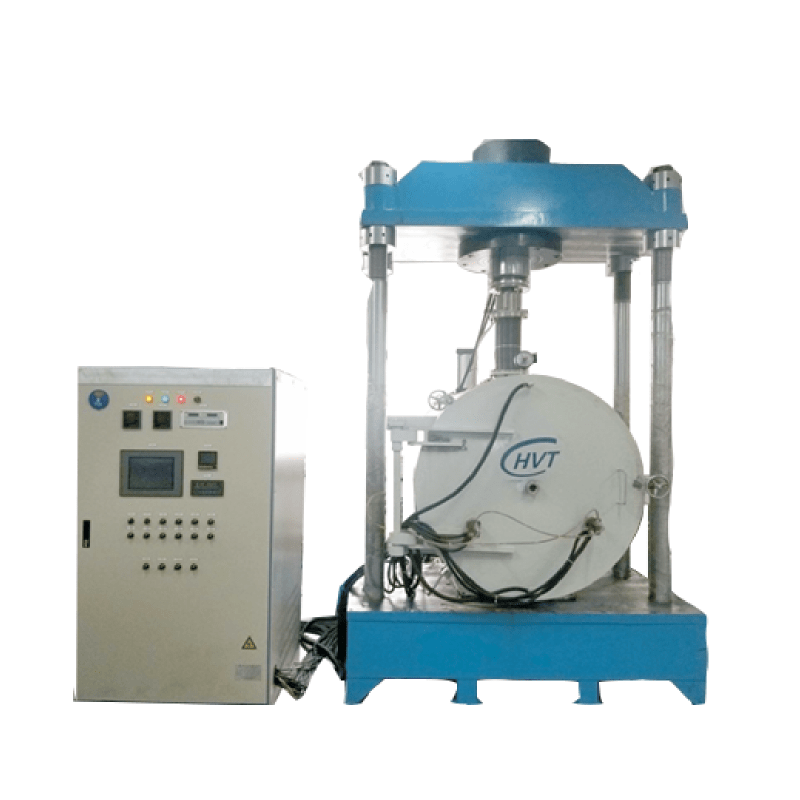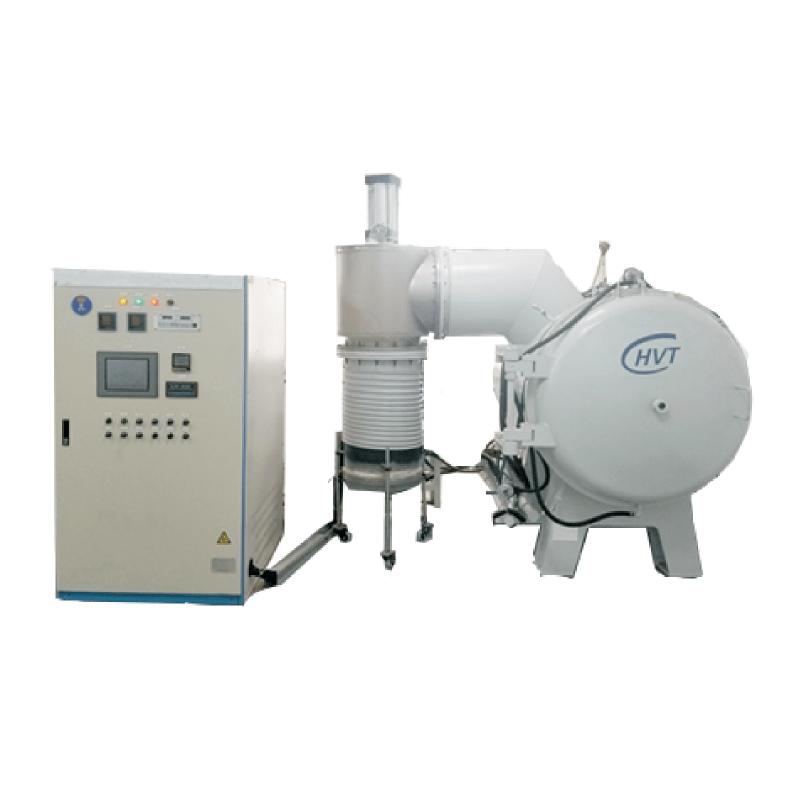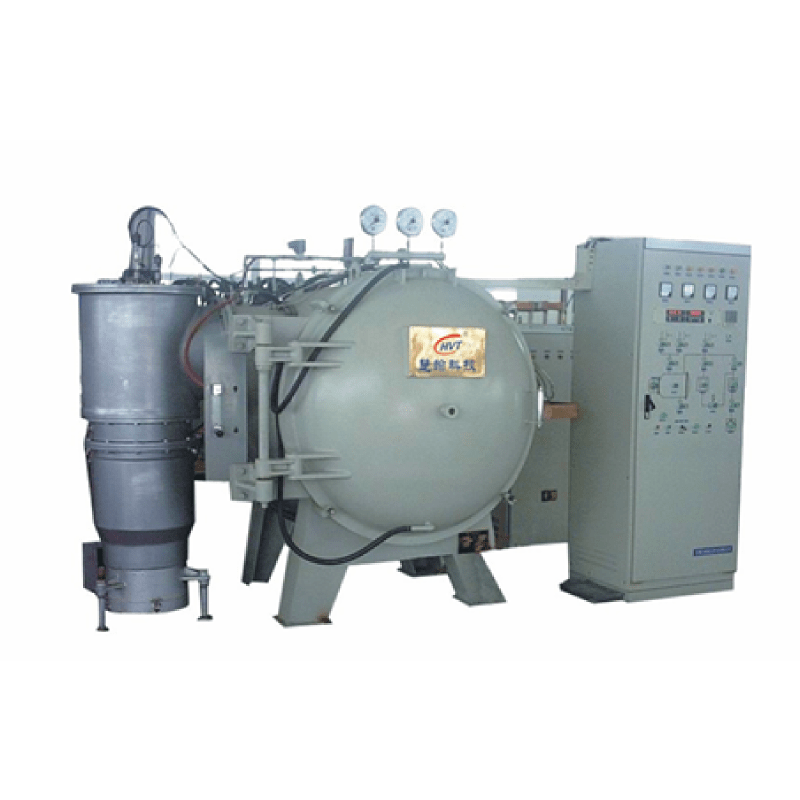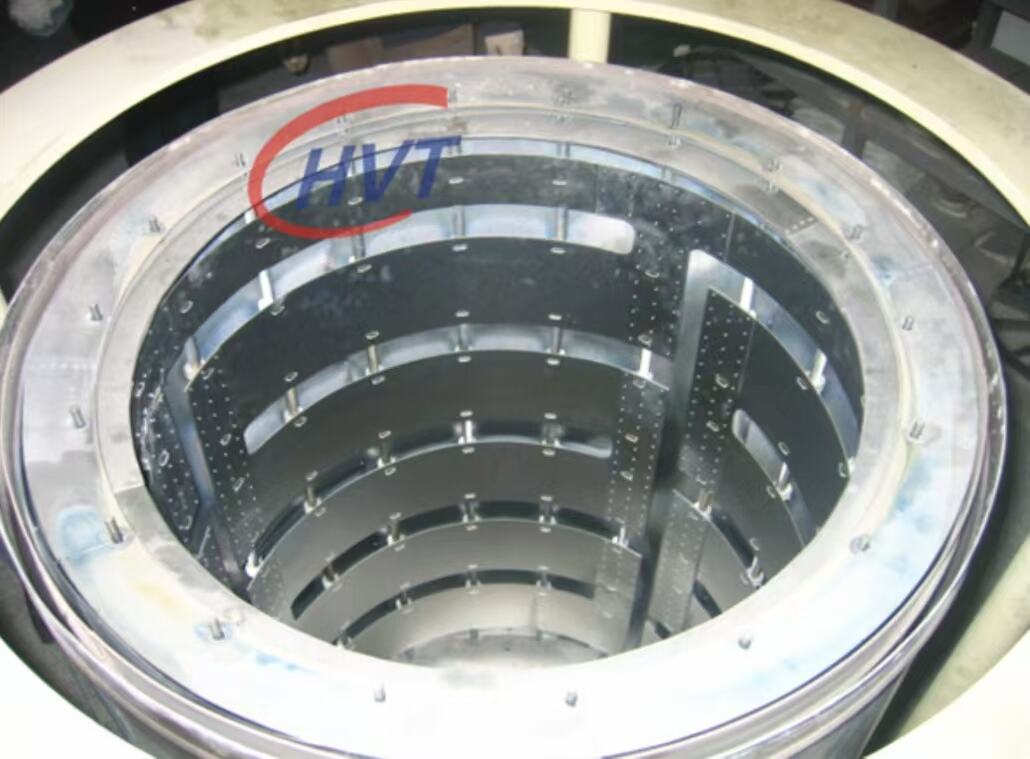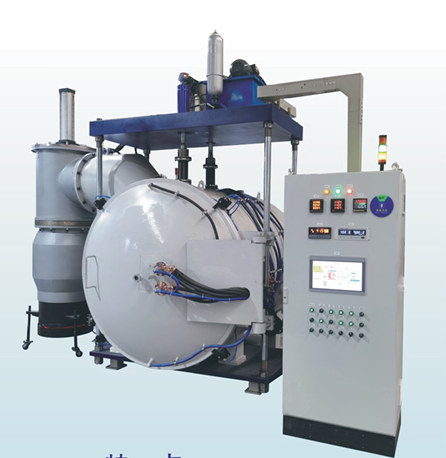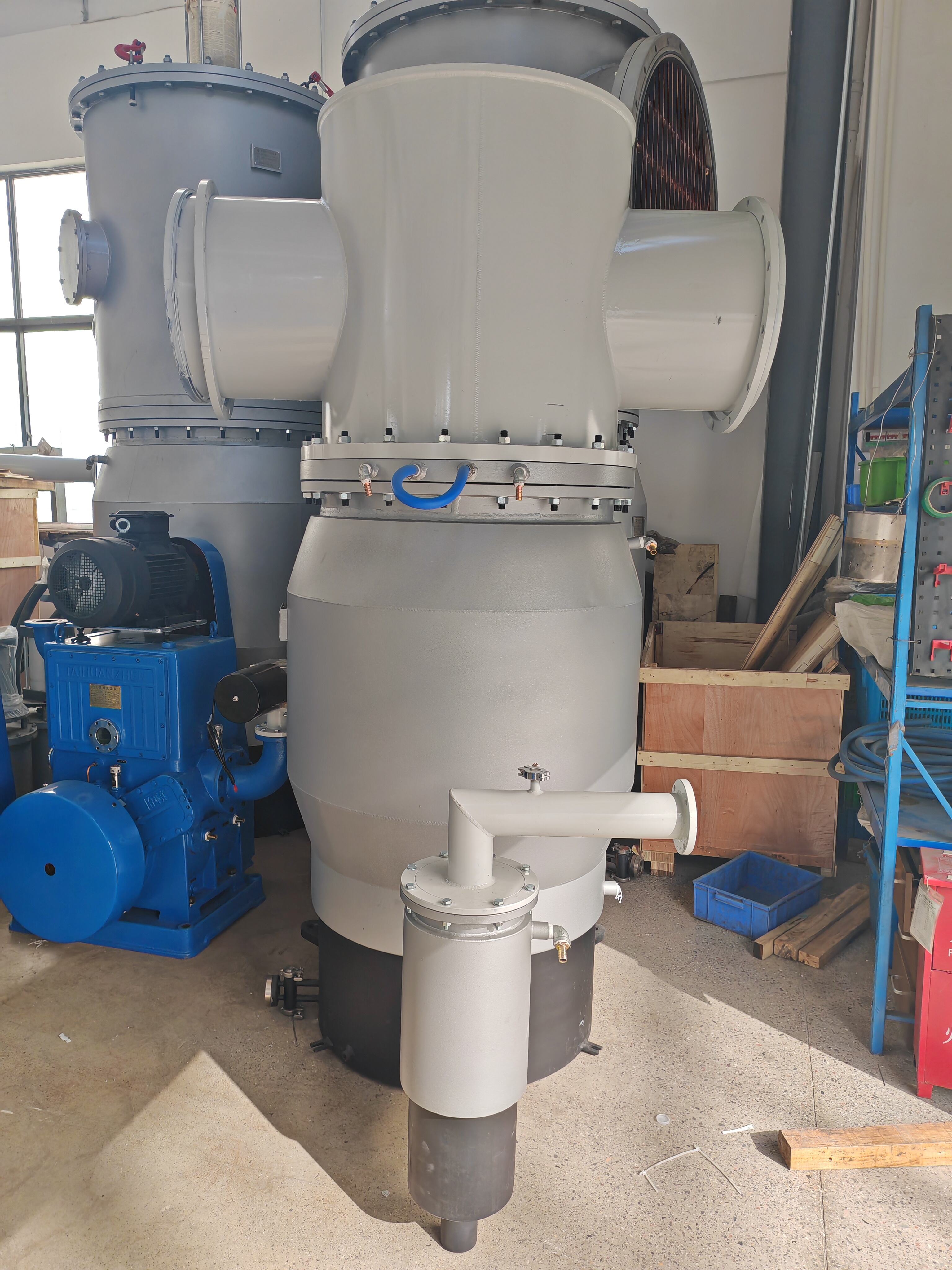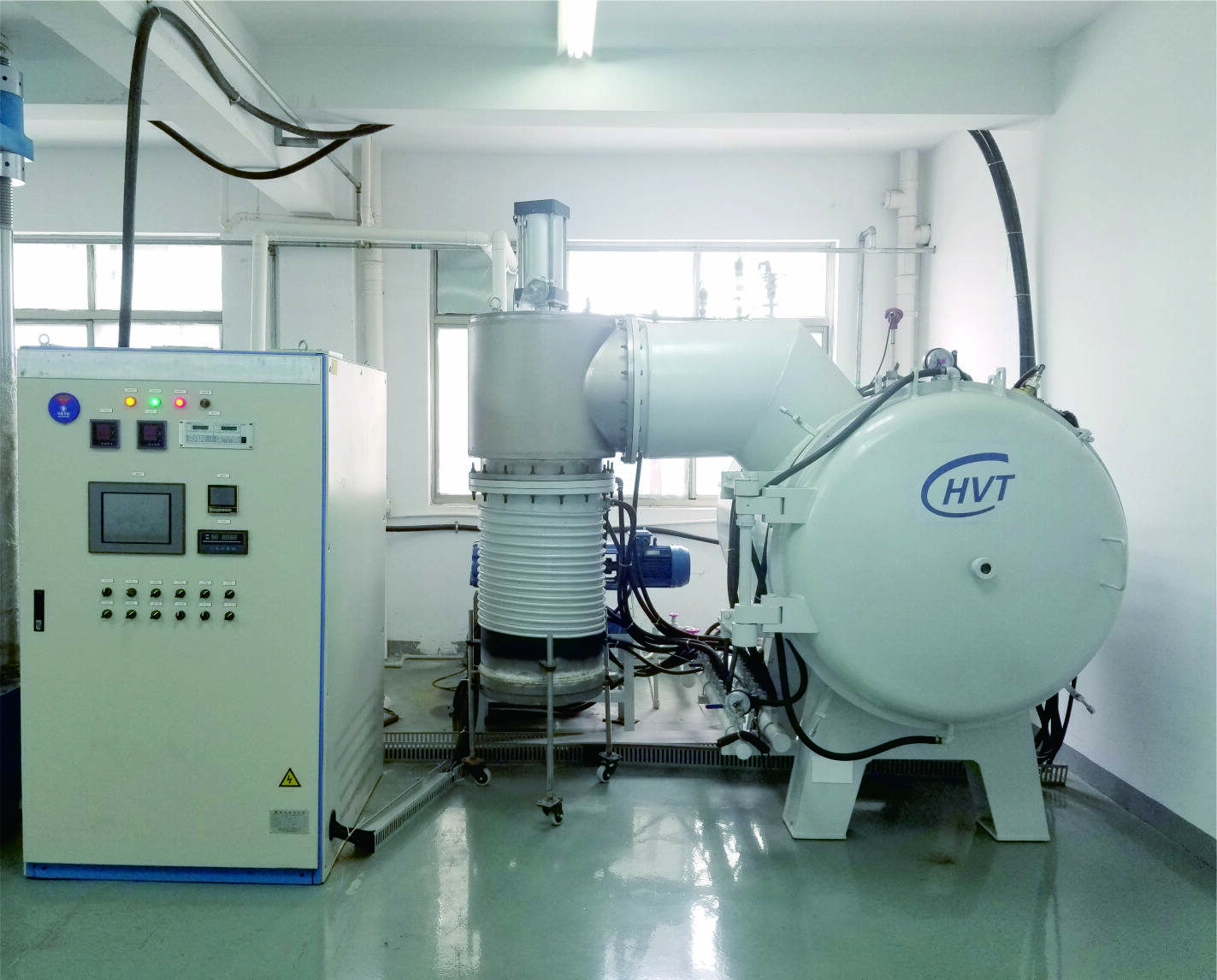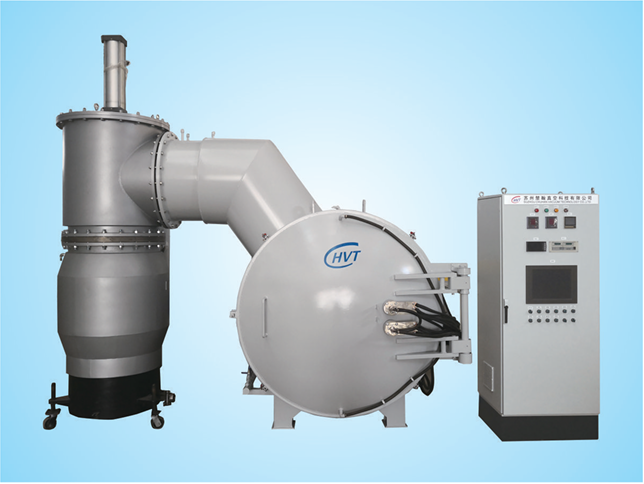metal melting induction furnace
A metal melting induction furnace represents a state-of-the-art solution for efficient and precise metal melting operations. This advanced equipment utilizes electromagnetic induction to generate heat directly within the metal charge, achieving rapid melting while maintaining precise temperature control. The furnace operates by passing an alternating current through a copper coil, creating a powerful magnetic field that induces eddy currents in the metal charge, resulting in efficient heat generation. Modern induction furnaces are equipped with sophisticated control systems that enable precise temperature regulation, power modulation, and automated operation sequences. These furnaces can accommodate various metal types, including steel, iron, copper, aluminum, and precious metals, making them versatile tools for diverse industrial applications. The design typically features a water-cooling system that protects the copper coils and ensures stable operation, while refractory linings provide thermal insulation and contain the molten metal. Advanced models incorporate safety features such as emergency shutdown systems, temperature monitoring devices, and protective barriers to ensure operator safety and equipment longevity.

